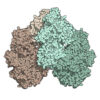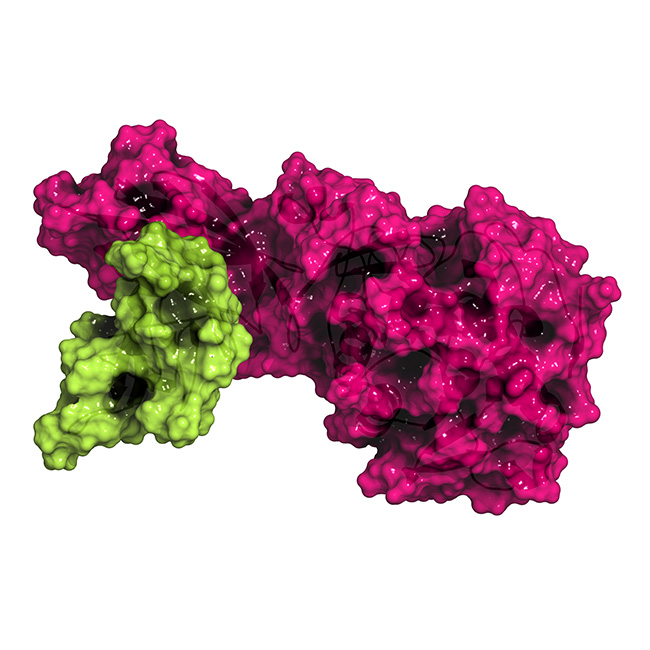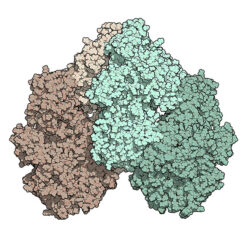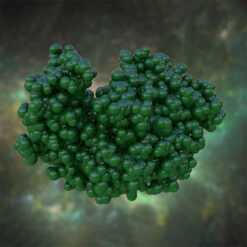Origins:
- Fungi: Mucor meihei, Candida rugosa
- Bacteria: Achromobacter, Alcaligenes, Arthrobacter, Pseudomonas, Staphylococcus, Chromobacterium
Effect:
- Hydrolysis of triglycerides: Lipases convert triglycerides to free fatty acids and alcohols.
- Involvement in metabolism: Enzyme activity includes lipolysis, proteolysis, and metabolism of residual lactose and lactate. In addition, lipases have the unique ability to catalyze reactions at the interfacial interface between water and lipids.
Applications:
- Cheese flavoring: Lipases are responsible for creating the characteristic flavor of cheeses, resulting from the hydrolysis of milk fats.
- Modification of fats: They are used in the esterification of fat fractions.
- Flavor production: They are involved in the production of specific flavors used in cheese analogs.
- Accelerating cheese ripening: Lipases are used in the production of medium and long-ripened cheeses, speeding up their ripening process.
Lipases EC 3.1.1.3 are an indispensable component in the production of many food products, guaranteeing their unique taste and excellent texture.






